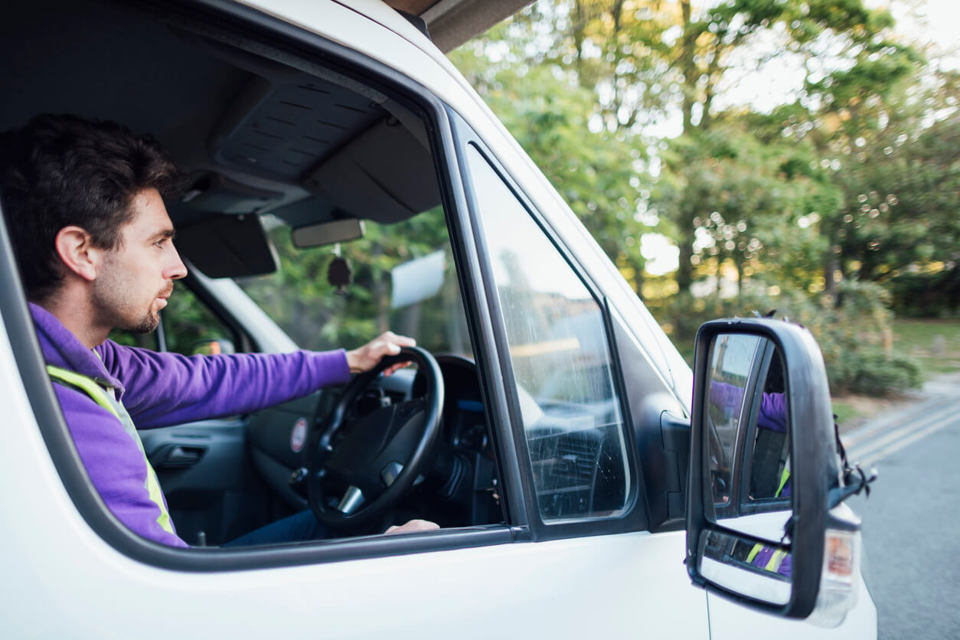Licence Check is urging fleet managers of HGV and delivery vehicles to adopt new measures to minimise driver distraction, particularly mobile phone and sat nav usage and to prevent serious road accidents.
The recent case of a lorry driver who killed a woman and three children when his vehicle ploughed into their stationary car while he was scrolling through music on his mobile phone, demonstrates the real danger of distractions while driving. An hour earlier, the driver, had signed a declaration to his employer promising he would not use his phone at the wheel.
Recent EU data shows that distraction is a contributory factor in up to 30% of collisions, while research from the UK’s Transport Research Laboratory (TRL) found reaction times of drivers talking on a hands-free phone to be 50% slower, than driving under normal conditions.
Expert psychologists have also concluded that the ability to multitask safely while driving a vehicle is a myth and the most dangerous of driving multitasks is texting and talking on a mobile phone.
Findings from the Institute of Advanced Motorists (IAM) and TRL show that multi-tasking can have a detrimental effect on the quality and accuracy of driving performance. Their research also reveals that three of the five key areas of distraction to a ‘high’ level; cognitive, visual and manual. A mobile phone conversation also engages three of five areas of distraction to a ‘high’ level; cognitive, audible and exposure time.
So what should the industry be doing to minismise distractions behind the wheel?
Ocado has recently introduced technology to police the mobile phone ban. The firm’s delivery vehicles are fitted with camera systems which record both what happened in front of the vehicle and inside the cabin if a collision, or harsh braking, has taken place. This allows the company to see if the driver was on the phone at the time of an incident.
In the US, the mobile phone network, AT&T has produced a free app, DriveMode which turns on when the vehicle is moving. It silences text message alerts and automatically replies to them. It also provides access to music and navigation with one touch.
Richard Brown, managing director of Licence Check, said: “There are a number of services and products available on the market, some of which prevent texting and calls while others convert text to speech, to avoid the problem of reading whilst driving.
“What is clear is that a number of different approaches have been taken. Some involve hardware installed in the car that effectively blocks signals to the phone. Others involve software on the phone with a Bluetooth link to the vehicle, or motion sensing technology. There are also industry discussions with vehicle manufacturers as to ways to prevent mobile use by the driver of a vehicle.
“The AT&T approach, where the mobile carrier provides the software as part of their package, is a good one. It would be useful if carriers in the UK used this type of app, with the option for corporate fleet customers to monitor their employees accounts to ensure the function wasn’t tampered with or turned off.
“It’s clear that the threat of penalty points, convictions and a fine isn’t enough in itself. People are still taking the risk. Actively preventing phone use and removing the source of temptation altogether, may be the only workable solution in the long run to prevent further incidents.”

















Login to comment
Comments
No comments have been made yet.